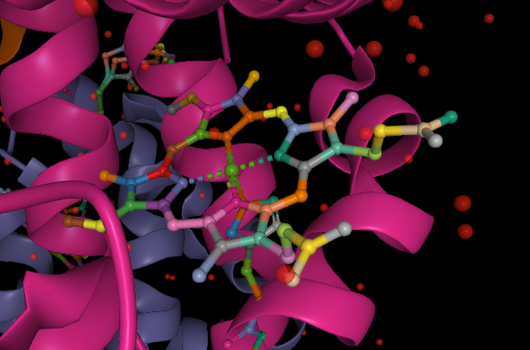Metal ions such as iron, copper, and zinc are essential for life. However, the excess of these elements in the human organism is considered a negative prognostic factor for many diseases. It could cause severe injuries to multiple systems: the nervous, respiratory, reproductive, and digestive tract. One of the most common ways of treatment of metal intoxication is the use of chelating agents.
Chelator compounds are effective in multiple diseases treatment, including:
- Removal of metals in diseases associated with essential metal overload
- All diseases related to free radical pathology
- Cancer
- Infectious diseases
- Neurodegenerative diseases
- Acute kidney disease
- Myocardial infarction
- Aging
- Prevention of metal absorption in the gastrointestinal tract
- Xenobiotic metal decorporation originating from food and drink products, environmental pollution, the nuclear industry, and weapons
- Decorporation of xenobiotic metals used in medical diagnosis
Currently used chelating compounds are not always considered to be safe and often not as effective as we want them to be. Thus, development of new chelating agents is still required.
Reaxense's Chelating Agents Library comprises 1,083 compounds that contain at least one of the fragments from CFL-1 chelator fragment library which has shown high hit rates in screening studies against various metalloenzymes (J. Med. Chem. 2011, 54, 2, 591–602). Thus, compounds in this library have a good chance to appear effective in medical treatments.
Features
- 1,083 chelating agents based on CFL-1 fragment library
- Lipinski's rule of five compliant (one restriction can be violated)
- High diversity over the library
- Purity >90%; spectral data available

